Pan-Arab Electricity Market Pilot Pricing Mechanism

Context
In November 2019, the pilot was approved by the Arab Ministerial Council for Electricity (AMCE) to operationalize the General and PAEM Agreements in the Transitional Stage 1. The Kingdom of Saudi Arabia was approved by AMCE to host the pilot’s activities. The pilot is envisaged to address one of the core challenges to operationalize the PAEM, namely the limited institutional capacity and operational coordination at the PAEM level to advance bilateral trade needed in transition to an electricity market in line with the plan approved in the MoU. The pilot is, therefore, designed to build a cohort of experts (representing all the PAEM participating countries) that will form the nucleus (or technical expertise) of the future PAEM committees that will be established after the signing of the General Agreement expected in 2021. The pilot will also provide the fundamental pricing tools to enable trade on a commercial basis, along with finalizing some core secondary governance documents of the PAEM.

The limited institutional capacity and absence of trade coordination at the Pan-Arab level will hinder the development of commercial bilateral trade across the Member States. The ability of Member States to successfully establish and operate the envisaged market institutions with the needed expertise is of utmost importance for early market operations and for building trust in regional cooperation for commercial trade.
Purpose
The Market Functions & Pricing Program Pilot (MF&3Ps) aims to create a safe environment for hands-on support to the Member States to perform key market functions along with simulating different commercial trade transactions using pricing formulas. The pilot is designed to build a cohort of PAEM experts from each country to form the nucleus of the market committee technical teams.
Foundations of Market Functions and Pricing Mechanism Pilot Program aims to advance trade in existing cross-border interconnections (~8GW)
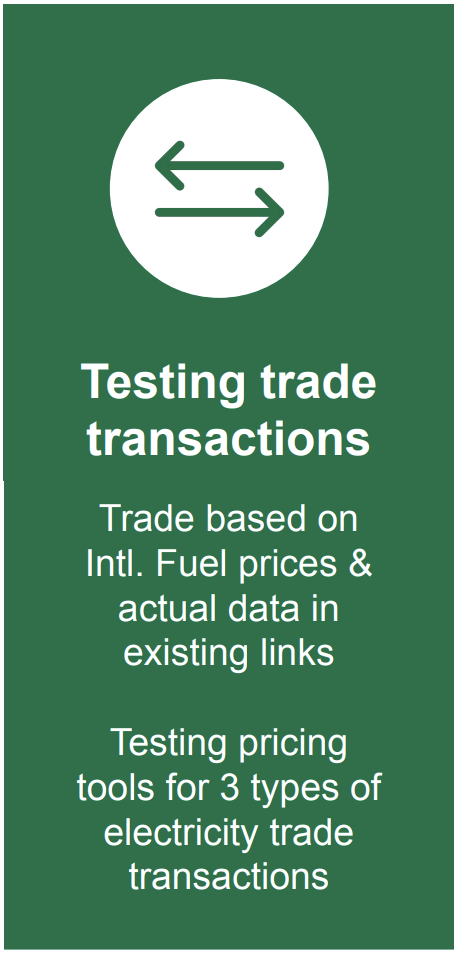
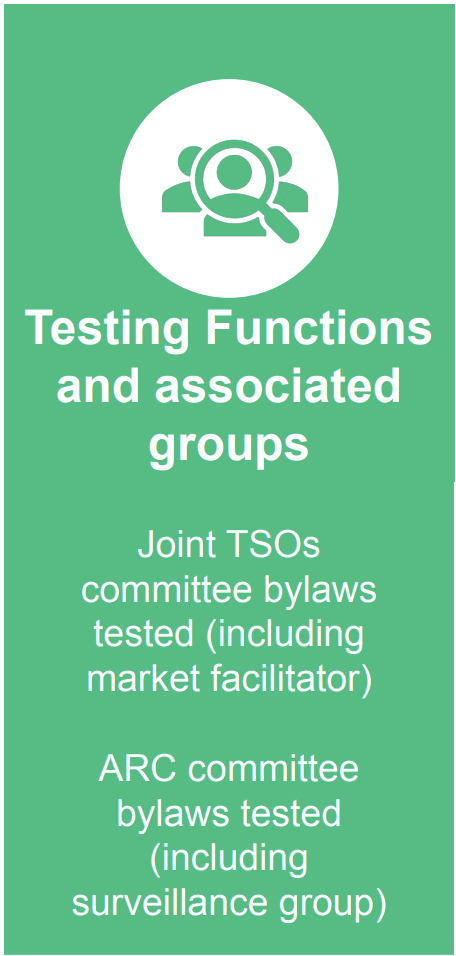
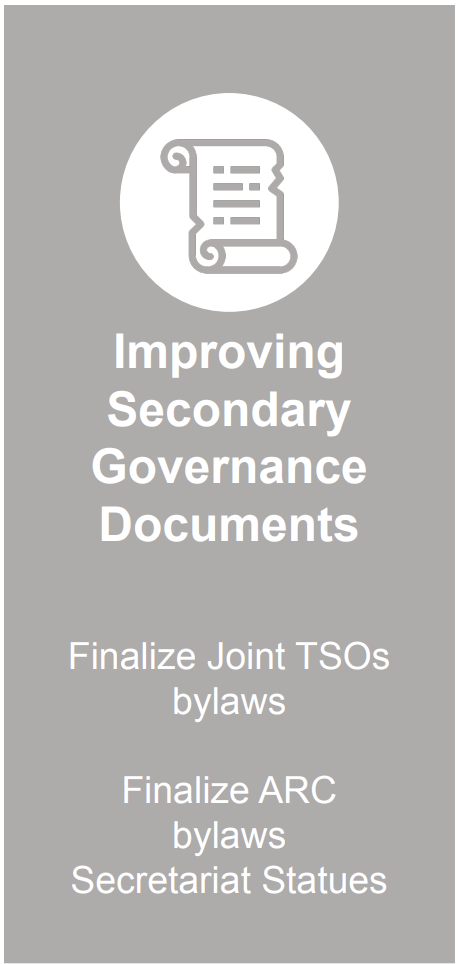

Scope and Timeline
The MF&3Ps represent a major milestone that will literally simulate market operations while the market progresses towards legal establishment and creation of the technical committees in 2021. It spans a 12-month implementation period with all Pan-Arab countries invited and encouraged to actively participate, even those countries that did not sign the General and Market Agreements. The aim of the MF&3Ps is to test two major areas: (1) PAEM functions, and (2) commercial pricing mechanism to unlock trade. Those areas represent two principal steps in meeting the objectives of Transitional Stage 1 in a sustainable manner. A summary of each area is described below.
The MF&3Ps will test the market functions and execution of the duties of the regional institutions documented in their draft bylaws in a simulated market operation setting. The functions and key rules to be tested include:
The pilot simulates market key functions in line with PAEM governance to coordinate and perform trade transactions by Member States’ participants
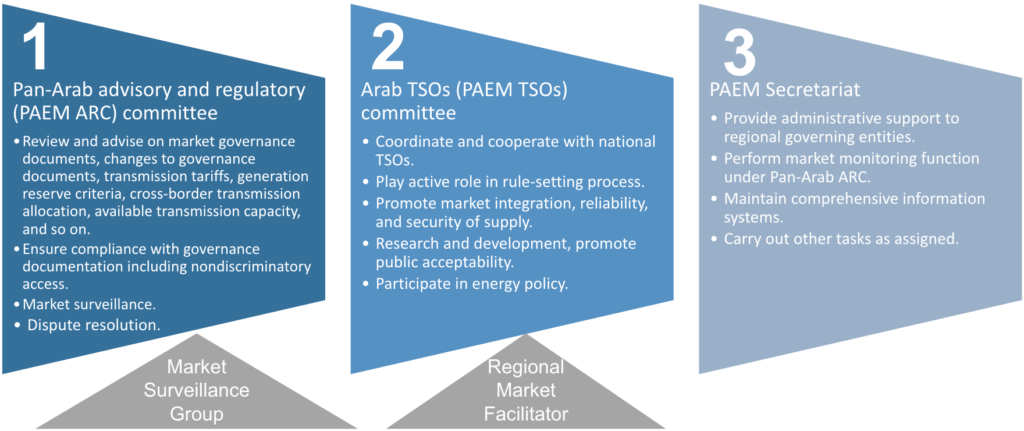
Additionally, the MF&3Ps will test the pricing mechanism for different types of bilateral transactions. It will start with testing the transactions described below. However, as respective pilot phases roll out, different types of transactions (e.g., in the case of open access where different market buyers and sellers participate) will be discussed and agreed for coverage in the pilot. The three transactions to kick off the pilot are:

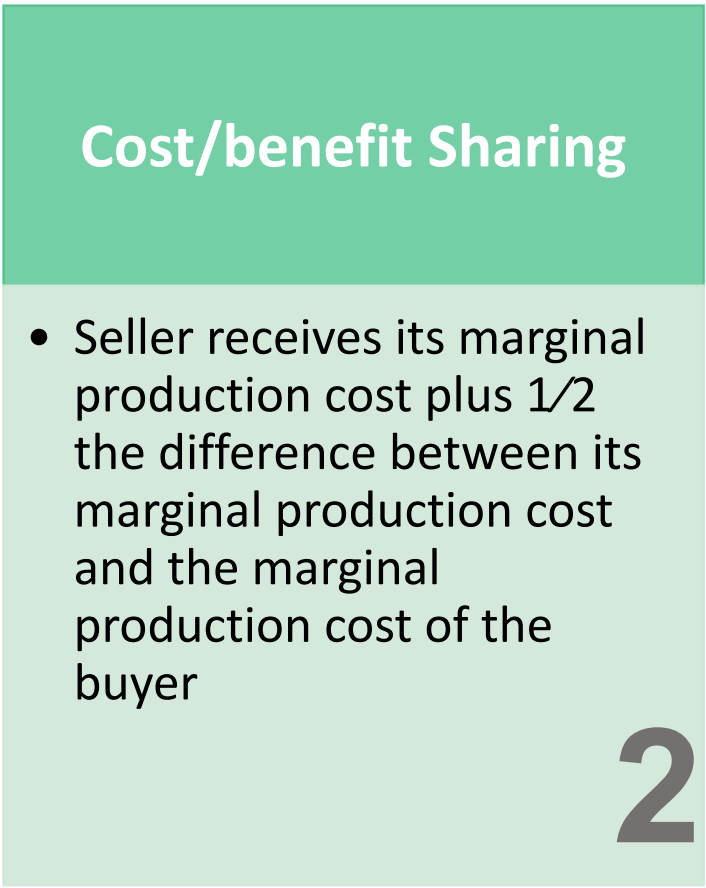
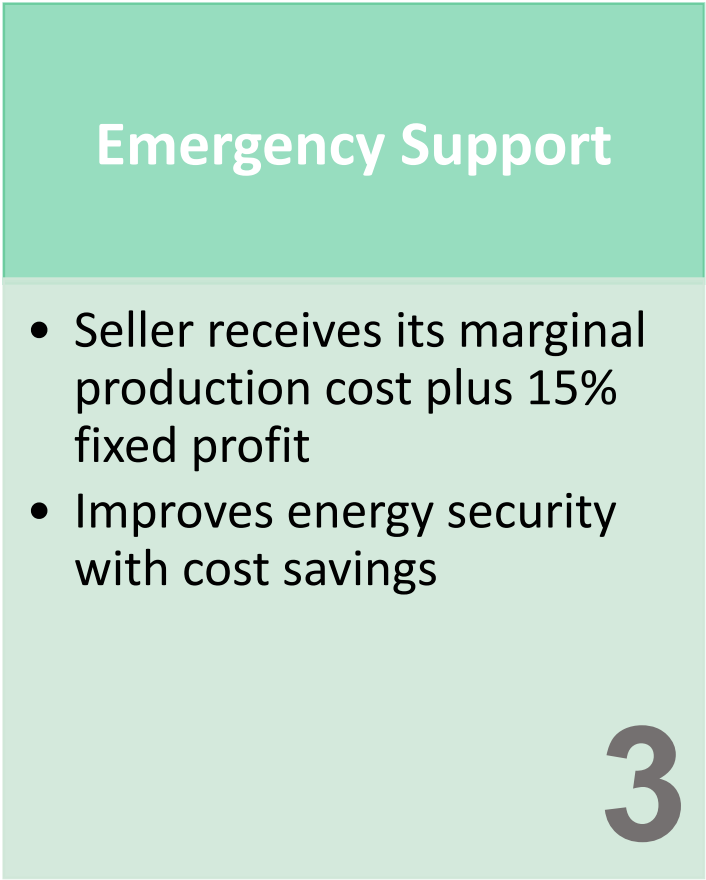
The pilot operational approach ensures the representation of Member States in all the PAEM functions to engage, coordinate, and test trade transactions.
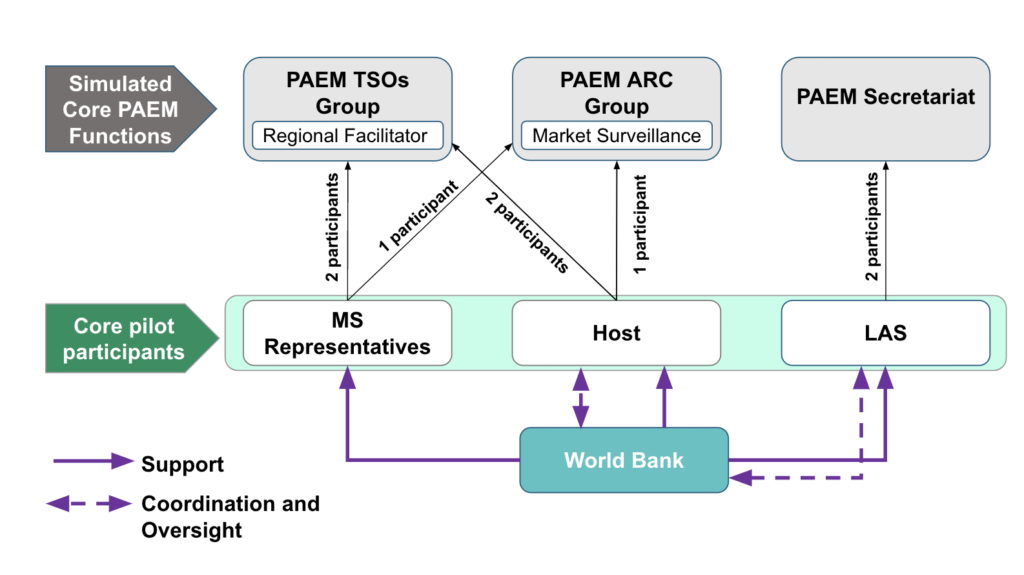
Three participants from each Member State and host in the Pilot – all experts must meet minimum experience requirements to join.

MF&3Ps Phases and Progress Status
| Phases | Purpose |
|---|---|
| Phase 1 | Foundational: program preparation and Formation of Working Groups |
| Phase 2 | International Exposure from 5 regions and initial model training |
| Phase 3 | Hands-on training on modeling and the launch of version 1 of the communication platform |
| Phase 4 | Trade Identification of missed and potential bilateral trade transactions as well as identifying country-specific challenges to trade |
| Phase 5 | Role play of working groups and conducting bilateral trade transactions based on actual data |
| Phase 6 | A final round of review and the launch of version 2 of the trade communication platform |